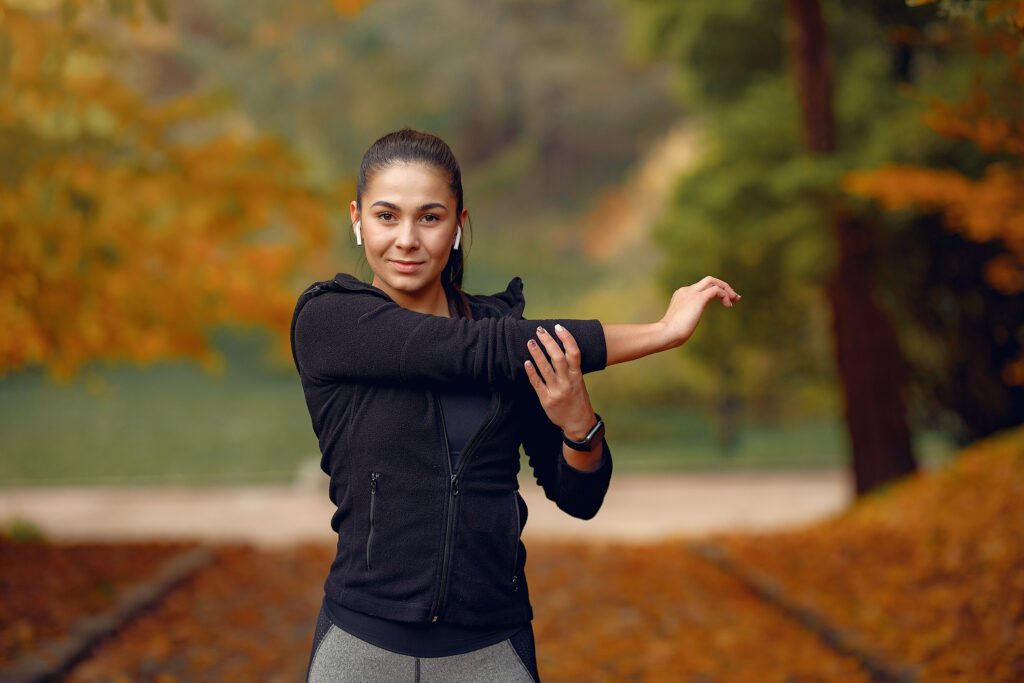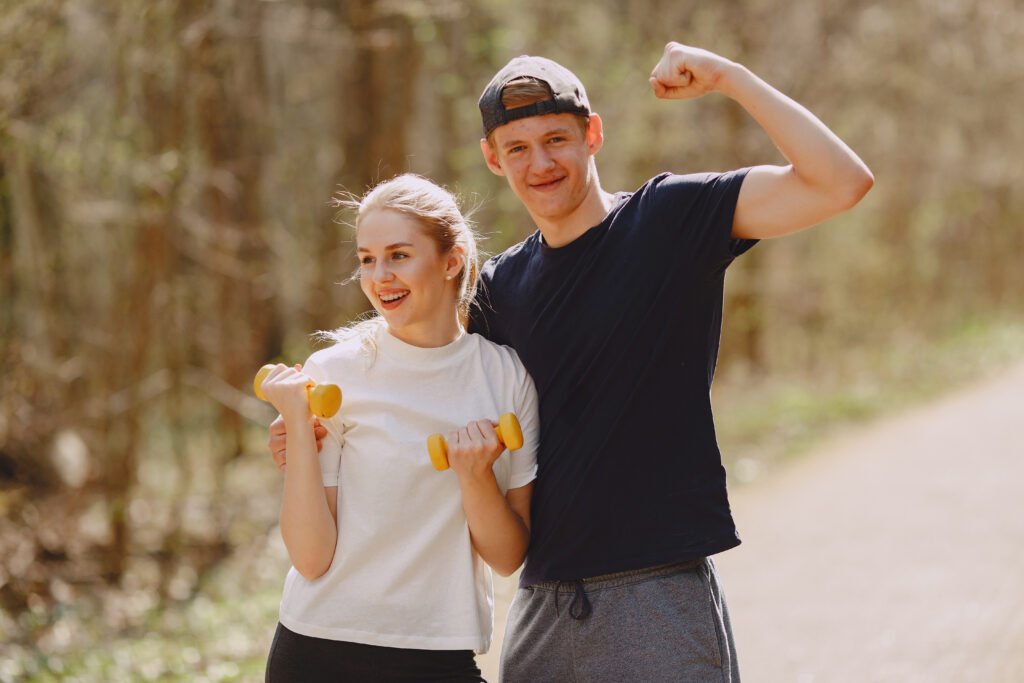In an era where stress is a constant companion, the pursuit of Health Relaxation has become a vital component of wellness. A Health Relaxation Growth Strategy integrates expert-driven approaches to foster mental and physical well-being, leveraging Relaxation Techniques, Mindfulness Exercises, and Breathing Techniques to create sustainable calm. This article explores a comprehensive strategy for individuals and organizations to cultivate a Relaxing Lifestyle, drawing on insights from Health Relaxation. By blending Healthy Relaxation Methods with strategic planning, this approach ensures long-term Wellness and Relaxation, addressing the demands of modern life with clarity and purpose.
The Essence of Health Relaxation

Health Relaxation is a deliberate practice that harmonizes mind, body, and spirit. Unlike fleeting moments of rest, it involves structured Relaxation Techniques that reduce stress and enhance Mental Health and Calmness. The goal is to create a sustainable framework for well-being, allowing individuals to thrive amidst daily pressures. According to a 2023 study by the American Psychological Association, 62% of adults report chronic stress impacting their health, underscoring the need for a strategic approach to relaxation.
Transitioning to a Health Relaxation mindset requires understanding its core components. Meditation for Beginners, for instance, offers an accessible entry point, requiring only a few minutes daily to yield measurable benefits. Similarly, Breathing Techniques, such as diaphragmatic breathing, can lower cortisol levels, promoting calm. By integrating these practices into a Home Relaxation Guide, individuals can build habits that support a Relaxing Lifestyle, fostering resilience against stress.
Organizations, too, play a pivotal role. Wellness programs incorporating Mindfulness Exercises can enhance employee productivity and satisfaction. For example, a 2024 Harvard Business Review report found that companies with structured relaxation initiatives saw a 15% reduction in employee burnout. By prioritizing Health Relaxation, both individuals and organizations can unlock a path to sustained wellness.
Crafting a Strategic Approach to Relaxation
A Health Relaxation Growth Strategy begins with intentional planning. First, assess current stress levels and wellness goals. Tools like stress inventories or wearable devices tracking heart rate variability can provide baseline data. This information guides the selection of Healthy Relaxation Methods tailored to individual needs. For instance, someone with high anxiety might prioritize Breathing Techniques, while others may focus on Mindfulness Exercises.
Next, set measurable objectives. A goal like “practice meditation for 10 minutes daily” is specific and trackable, ensuring accountability. Transitioning to consistent practice requires scheduling dedicated time, much like a business meeting. A Home Relaxation Guide can outline these steps, recommending tools like guided meditation apps or calming playlists to enhance the experience.
Moreover, collaboration with experts, such as certified mindfulness coaches or wellness consultants, elevates the strategy. These professionals offer personalized guidance, ensuring techniques align with individual lifestyles. By blending data-driven insights with expert input, a Health Relaxation Growth Strategy becomes a roadmap for lasting calm wellness and Relaxation.
The Role of Relaxation Techniques
Relaxation Techniques are the backbone of any Health Relaxation strategy. These practices, ranging from meditation to progressive muscle relaxation, are designed to reduce stress and promote Mental Health and Calmness. For beginners, Meditation for Beginners is a low-barrier entry point. A simple practice, like focusing on the breath for five minutes, can shift mental states, fostering clarity.
Breathing Techniques, such as the 4-7-8 method, are equally powerful. Inhale for four seconds, hold for seven, and exhale for eight—this sequence calms the nervous system, making it a go-to for Stress Relief Tips. Regular practice, even in short bursts, integrates seamlessly into daily routines, supporting a Relaxing Lifestyle. For example, a 2022 study in the Journal of Clinical Psychology found that daily breathing exercises reduced anxiety by 20% in participants.
Progressive muscle relaxation, another key technique, involves tensing and releasing muscle groups. This not only eases physical tension but also enhances body awareness, a core aspect of Mindfulness Exercises. By incorporating these methods, individuals can create a robust toolkit for Health Relaxation, adaptable to various settings, from home to the workplace.
Building a Home Relaxation Guide
A Home Relaxation Guide is a practical tool for embedding Health Relaxation into daily life. Start by designating a tranquil space—a quiet corner with soft lighting or calming decor. This environment sets the stage for Wellness and Relaxation, signaling the mind to unwind. Even small additions, like a scented candle or a comfortable cushion, can enhance the atmosphere.
Next, outline a daily routine. For instance, begin with five minutes of Meditation for Beginners, followed by a brief session of Breathing Techniques. Apps like Calm or Headspace can provide guided sessions, making the process accessible. Additionally, incorporate Mindfulness Exercises, such as journaling three things you’re grateful for each day. This practice shifts focus from stress to positivity, reinforcing Mental Health and Calmness.
Consistency is key. Schedule relaxation sessions at the same time daily, ensuring they become non-negotiable. For example, a morning meditation can set a calm tone for the day, while an evening body scan promotes restful sleep. By following a Home Relaxation Guide, individuals can transform their living spaces into sanctuaries of Health Relaxation.
Mindfulness Exercises for Sustained Calm
Mindfulness Exercises are central to a Health Relaxation Growth Strategy, grounding individuals in the present moment. These practices, rooted in awareness, counteract the mental clutter of daily life. A simple exercise, like mindful eating, involves savoring each bite, noting flavors and textures. This fosters a deeper connection to the moment, reducing stress.
The body scan, a staple of Meditation for Beginners, is another effective practice. Lying down, focus on each body part, observing sensations without judgment. This technique, part of Healthy Relaxation Methods, promotes Mental Health and Calmness by redirecting attention from worries to the present. A 2023 study in the Mindfulness journal reported a 25% improvement in sleep quality among regular body scan practitioners.
Mindful walking is equally impactful. Take slow, deliberate steps, noticing the ground beneath your feet and the rhythm of your breath. This practice, adaptable to any environment, supports a Relaxing Lifestyle. By weaving Mindfulness Exercises into daily routines, individuals can sustain Health Relaxation, even during busy days.
Breathing Techniques as a Cornerstone
Breathing Techniques are a cornerstone of Health Relaxation, offering immediate stress relief. Diaphragmatic breathing, for instance, involves deep inhales that expand the abdomen, followed by slow exhales. This method, part of Stress Relief Tips, lowers heart rates and calms the mind. A 2024 study in the Journal of Psychophysiology found that five minutes of diaphragmatic breathing reduced stress markers by 18%.
Alternate nostril breathing, another technique, balances energy and sharpens focus. Close one nostril, inhale through the other, then switch and exhale. This practice, rooted in yoga, supports Mental Health and Calmness. It’s particularly effective before high-stress tasks, like presentations or exams, making it a versatile tool for Health Relaxation.
To maximize impact, practice Breathing Techniques in short, frequent sessions. For example, a two-minute pause during a workday can reset mental clarity. By integrating these methods into a Home Relaxation Guide, individuals can build a foundation for Wellness and Relaxation, ensuring calm is always within reach.
Fostering a Relaxing Lifestyle
A Relaxing Lifestyle extends Health Relaxation beyond isolated practices, embedding calm into every facet of life. Start with small changes, like reducing screen time before bed. Blue light from devices disrupts melatonin production, hindering sleep. Instead, opt for a calming ritual, such as reading or light stretching, to enhance Wellness and Relaxation.
Nutrition also plays a role. Foods rich in magnesium, like spinach or almonds, support relaxation by calming the nervous system. Pairing this with Healthy Relaxation Methods, such as a warm bath, amplifies the effect. For example, a 2023 Nutrition Journal study found that magnesium-rich diets improved stress resilience in 65% of participants.
Social connections are equally vital. Spending time with loved ones or engaging in meaningful conversations fosters emotional well-being. By balancing nutrition, rest, and relationships, individuals can craft a Relaxing Lifestyle that sustains Health Relaxation, creating a ripple effect of calm.
The Impact of Mental Health and Calmness
Mental Health and Calmness are at the core of a Health Relaxation Growth Strategy. Chronic stress erodes mental clarity, leading to burnout or anxiety. By adopting Relaxation Techniques, individuals can protect their well-being and cultivate peace. Journaling, for instance, allows thoughts to flow freely, releasing mental tension. A 2024 study in the Journal of Positive Psychology found that daily gratitude journaling reduced stress by 22%.
Mindfulness Exercises, like a five-minute gratitude practice, further enhance Mental Health and Calmness. These moments of reflection shift focus toward positivity, counteracting negative thought patterns. Additionally, seeking professional support, such as therapy, complements at-home practices, offering tailored strategies for Health Relaxation.
Organizations can also prioritize mental health by offering wellness programs. For example, guided meditation sessions or stress management workshops foster employee well-being. By integrating these initiatives, a Health Relaxation Growth Strategy ensures Mental Health and Calmness remain central to growth.
Scaling Healthy Relaxation Methods

Healthy Relaxation Methods are designed for scalability, ensuring Health Relaxation is sustainable. Unlike temporary fixes, these methods focus on gradual change. For instance, setting a daily intention to pause and breathe builds lasting habits. Apps offering guided meditations or breathing exercises make Relaxation Techniques accessible, even for busy schedules.
Physical activity, such as yoga or tai chi, complements these methods. These practices combine movement with mindfulness, promoting both physical and mental health. A 2023 study in the Journal of Integrative Medicine found that weekly yoga sessions improved stress resilience by 30%. By incorporating such activities, individuals can scale Health Relaxation to fit their lifestyles.
Technology also supports growth. Wearable devices tracking stress levels provide real-time feedback, guiding adjustments to relaxation practices. However, balance is crucial—limit screen time to avoid overstimulation. By blending technology with Healthy Relaxation Methods, individuals can sustain Wellness and Relaxation long-term.
Overcoming Barriers to Health Relaxation
Barriers to Health Relaxation, such as time constraints or work demands, can hinder progress. However, reframing relaxation as essential shifts priorities. Start small—five minutes of Breathing Techniques or Meditation for Beginners can fit into any schedule. Schedule these moments as non-negotiable, ensuring consistency.
Another barrier is the misconception that relaxation requires perfection. A quiet space or long sessions aren’t necessary. A Home Relaxation Guide can be as simple as a brief pause during a busy day. For example, a two-minute mindfulness exercise at a desk can reset focus. By embracing flexibility, Health Relaxation becomes accessible to all.
Communication also helps. Set boundaries with family or colleagues, ensuring time for Wellness and Relaxation is protected. For organizations, offering flexible work hours or wellness stipends can reduce barriers, fostering a culture of Health Relaxation. These steps ensure the strategy is practical and sustainable.
Conclusion
A Health Relaxation Growth Strategy, guided by expert insight, offers a transformative path to wellness. By integrating Relaxation Techniques, Mindfulness Exercises, and Breathing Techniques, individuals and organizations can cultivate a Relaxing Lifestyle that fosters Mental Health and Calmness. A Home Relaxation Guide, paired with Healthy Relaxation Methods, ensures these practices are sustainable, even in busy lives. With small, intentional steps—whether a deep breath, a mindful walk, or a gratitude journal—Health Relaxation becomes a cornerstone of well-being. By prioritizing Wellness and Relaxation, this strategy not only reduces stress but also builds a foundation for a balanced, fulfilling life.

